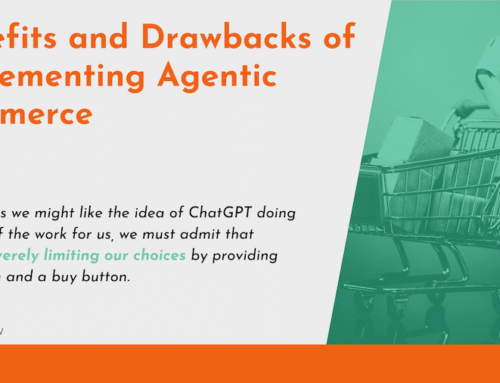Would you rather buy from a brand with fragmented messaging, or one with consistent communications? Chances are, the mixed messaging from the first option won’t even make much of an impression. Aberdeen Research has discovered that 65% of best-of-class marketers work to integrate their communications, compared with just 51% of their peers as a whole. Without consistent, clear messaging in your content marketing, your company will struggle to win the hearts of prospects or turn your customers into a tribe.
The average organization today is using 12 different content marketing tactics, which range from social media to eBooks. Even with the myriad of technology available today, integrating your content across channels isn’t easy. However, it’s absolutely worth your effort. Bloomsberg’s Steve McKee refers to fragmented messaging as “public enemy No. 1 in today’s marketing environment.” A consistent content marketing strategy will allow you to make an impression on today’s distracted consumers.

What is Integrated Content Marketing?
The idea of integration entered business vocabulary in the late 1980’s, when an advertising journal described the practice as “well-coordinated use of different promotional methods that are intended to reinforce each other.” Today, thought leader Ann Handley writes that it’s crucial to “tell [your] story consistently across every channel and platform,” or you run the risk of committing random acts of content. A well-integrated content marketing strategy today requires well-defined messaging, adaption to the context of each platform you use, and unified goals to measure the efficacy of your program as a whole.
Define Your Unique Message
Who are you? If you haven’t taken the time to clearly define your brand identity, you’ll struggle to create a comprehensive content marketing strategy. McKee recommends beginning with a “powerful, unifying strategy, and compelling voice for your brand.” This should go deeper than simply picking out your colors or tagline. What is your values, personality, and voice that transcends platforms? How will this messaging be adopted to different mediums you’ll be using to create content, and what at the core will remain the same? Integration is much harder than blasting a single message across a variety of platforms, but it’s absolutely the first place to start.
To learn more, we recommend Why Branding Matters in 2014.
Consider the Context of Your Channels

In order for your content marketing strategy to have the best impact possible, you’ve got to consider and understand the context of the channels you’re using. Understand how your ideal customers engage with various social media networks, blogs, email, and other platforms where you’ll be communicating. According to leading guru Gary Vaynerchuk, successfully cutting through the noise in today’s world is accomplished by “telling stories native to the platform.” While your brand’s ideal customer may fit a single profile, there’s a good chance they interact with LinkedIn for professional gain and blogs for product research. Match your story to the context accordingly.
Unite Your Channels
Uniting your content marketing strategy across channels is about much more than getting your marketing team and contractors on the same page with project management software; though that’s certainly a good start. As Don Peppers points out, you should “incorporate an individual customer’s own perspective.” Your content marketing strategy is going to be infinitely more effective if you’re able to take a few steps back, and consider how your customers feel as they’re getting to know your brand.
A company without a well-integrated content marketing strategy might invest solely in flashy campaigns or increasing their engagement on single platforms. A better-designed program will include content that’s tailored to every stage of the buyers journey, that’s focused on education and value. Every piece of content you produce will be exceptional, but also consistent with your brand, and designed to contribute to your organization’s larger goals. Your marketing messages on email, the web, and any other channel you’re using are consistent with your brand, but tailored to the context of where you’re communicating.
Continually Improve
Perhaps the most important component of an integrated content marketing strategy is a commitment to continual improvement. Consumer behavior is rapidly-changing in the digital age, and it’s crucial to continually refine your knowledge of the context of the platforms you’re using, and adopt new channels that match your ideal customer’s research habits.
Have you integrated your content marketing strategy? What do you think are the most important benefits of this approach?





